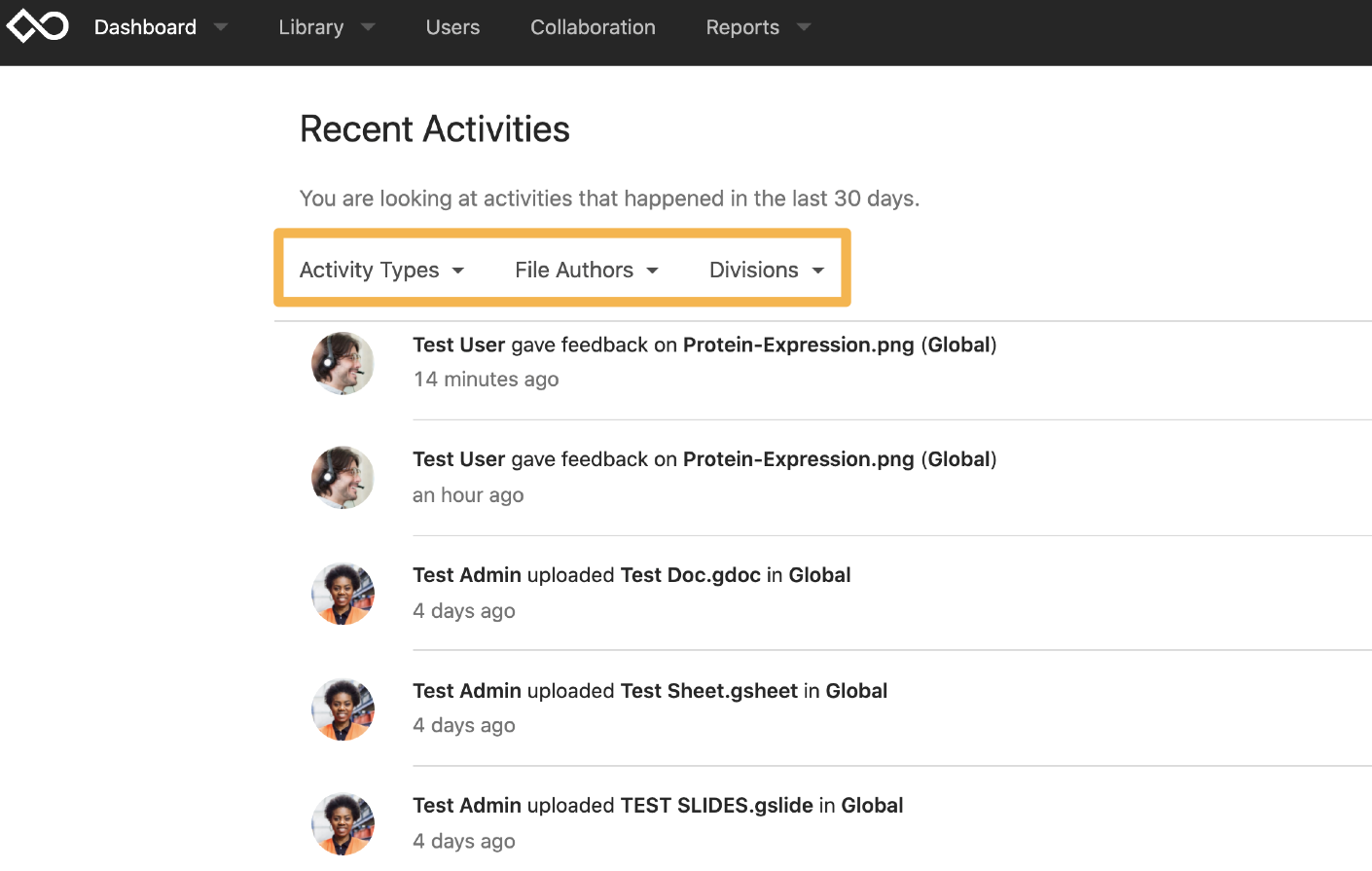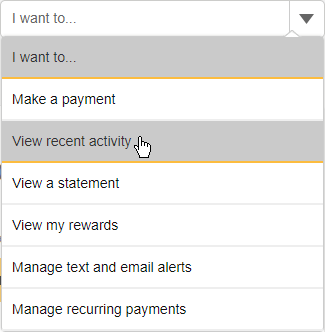

On the Recent Activity page that shows up, you’ll then see a list of login attempts.Įxpand each recent sign-in to reveal additional details, such as the operating system of the device used in the attempt (Windows, macOS, etc.), the browser or app (Chrome, Outlook, etc), and the IP address and location.

What You Should Do to Secure Your AccountĪfter signing into your Microsoft Account, select the Security tab and choose to View my activity under the Sign-in activity section. That rules out all chances of you clicking on a malicious link. All the activity by that user will be visible on this page based on the visibility and rights. On the user page, you will have a section on the top right as Worked on, select that. However, it’s best to avoid clicking it and log in to your Microsoft Account by manually loading the URL through your web browser. Select the user whose activity you want to check and click. Check the recent activity of your Gmail account By checking the activity of your account, you can get useful information regarding your account activity.

The email consists of a Review recent activity button that, when you select it, automatically loads up your web browser, where you can sign in and check your activity for additional information. Note: Depending on the mail client you use, you might have to select the sender’s name- Microsoft account team/ Microsoft team-to unhide the email address. Specific examples of tracked activities for each profile are provided further down in. If it reads something else, just move it into your spam email folder. This feed lists recent updates to the profile (or related to the profile). When you receive an email claiming there’s an unusual sign-in attempt, you must determine if it’s a legitimate Microsoft email because you could be the target of a phishing attack.Ĭheck the email address of the sender-if it’s from the email isn’t fake.
SHOW RECENT ACTIVITY PASSWORD
Regardless, it is always a good idea to verify the authenticity of the email, check your account activity, and change your password if you believe your account may have been compromised.Ĭheck the “Unusual Sign-in Activity” Email for Authenticity Most likely, it’s because of your own activity-you entered your password incorrectly or signed into a desktop or mobile device for the first time. It is important to note that just because you receive this email, it does not necessarily mean that someone has attempted to enter your account. Microsoft detecting other forms of suspicious activity: Microsoft uses various security protocols to identify sign-in attempts that originate from brute force attacks, phishing emails, and malware.Someone trying to use your account to reset a password or recover an email address: If someone tries to reset your password or recover an email address associated with your account, Microsoft will inform you about it.Someone trying to access your account from a new device or location: If someone tries to sign into your account from an unusual device or location, you will receive an email.Someone trying to guess your password: If someone repeatedly enters the wrong password for your account, Microsoft will flag the activity as suspicious and notify you about it.


 0 kommentar(er)
0 kommentar(er)
